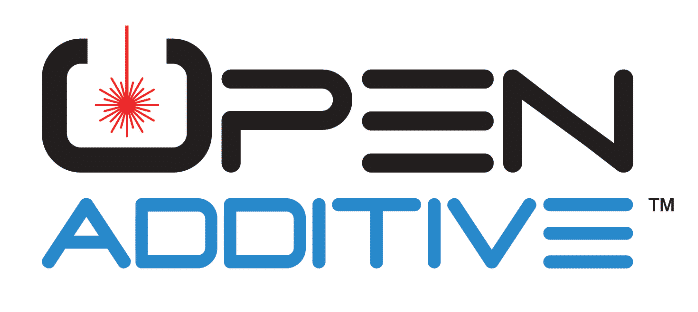

The retrained model significantly reduced the false positive and negative rates while raising the overall sensitivity of the model.
Provided critical foundation for in-situ sensing and analytics towards the end goal of in-situ part certification.
Problem
Adoption and proliferation of metal additive manufacturing (AM), particularly laser powder bed fusion (LPBF), has been hindered by the difficulty of ensuring adequate process control and quality parts without extensive and expensive post-build inspection methods. It is thus well recognized that in-situ process monitoring has the potential to significantly reduce production costs by enabling real-time alerts for builds that result in low-quality parts or failed builds and by reducing or even eliminating certain post-build inspections. These in-situ monitoring solutions however have been limited in their ability for end users to develop and deploy customized analytics.
Objective
The objective of this program was to apply a developed recoat algorithm for greater access to in-situ data and resulting analytics. Specifically the program sought to provide live and actionable process stability insights to end users through the merger of the developed open- architecture sensing and analytics platform developed by Open Additive, LLC which offers a multi-sensor data collection and analysis suite.
Technical Approach
The project team was led by Open Additive and also included Addiguru and Wright State University. Open Additive has commercialized a multi-sensor data collection and analysis suite (AMSENSE) offered as an option on its own open-architecture LPBF systems and also as an add-on for industrial systems in both research and development and production settings. It was designed from the outset to provide a more open approach to sensing and analytics. The team identified all details of the plugin interface necessary to transition it from Open Additive’s open-architecture LPBF system and designed a series of builds to collect the data necessary to train Addiguru’s model, understand the material response, and characterize the other in-situ data. The results of these tasks were then leveraged in a demonstration build of the recoat plugin running in a relevant environment with post process analysis of the collected data.
Accomplishments
The recoat analytic successfully identified the types and quantities of recoat anomalies that are relevant in an industrial environment. The retrained model significantly reduced the false positive and negative rates while raising the overall sensitivity of the model. This increased sensitivity is an important enabler of future features in the software which would allow operators to turn down the sensitivity to arrive at a desired level on a part, material, or process level. Successful demonstration of connecting the presence of bright, localized anomalies in the thermal tomography data to indications in the post-lasing and post-spread images to defects in the material is a key steppingstone to the eventual use of in-situ sensing and analytics as a nondestructive evaluation technique. There is still work to be done as shifting from correlations to true probability of detection with respect to a defect of a certain size is a big effort. The use of multiple sensor modalities is an improvement in the maturation of in-situ sensing and analytics technology as the orthogonal data streams provide additional information to either confirm or deny the presence of a material defect. With the implementation of holistic homography across all sensing modalities, the integration of the spatter analytic would be another valuable tool against unwanted defects.
Project Participants
Project Principal

Other Project Participants
- Addiguru
- Wright State University
Public Participants
- U.S. Department of Defense
